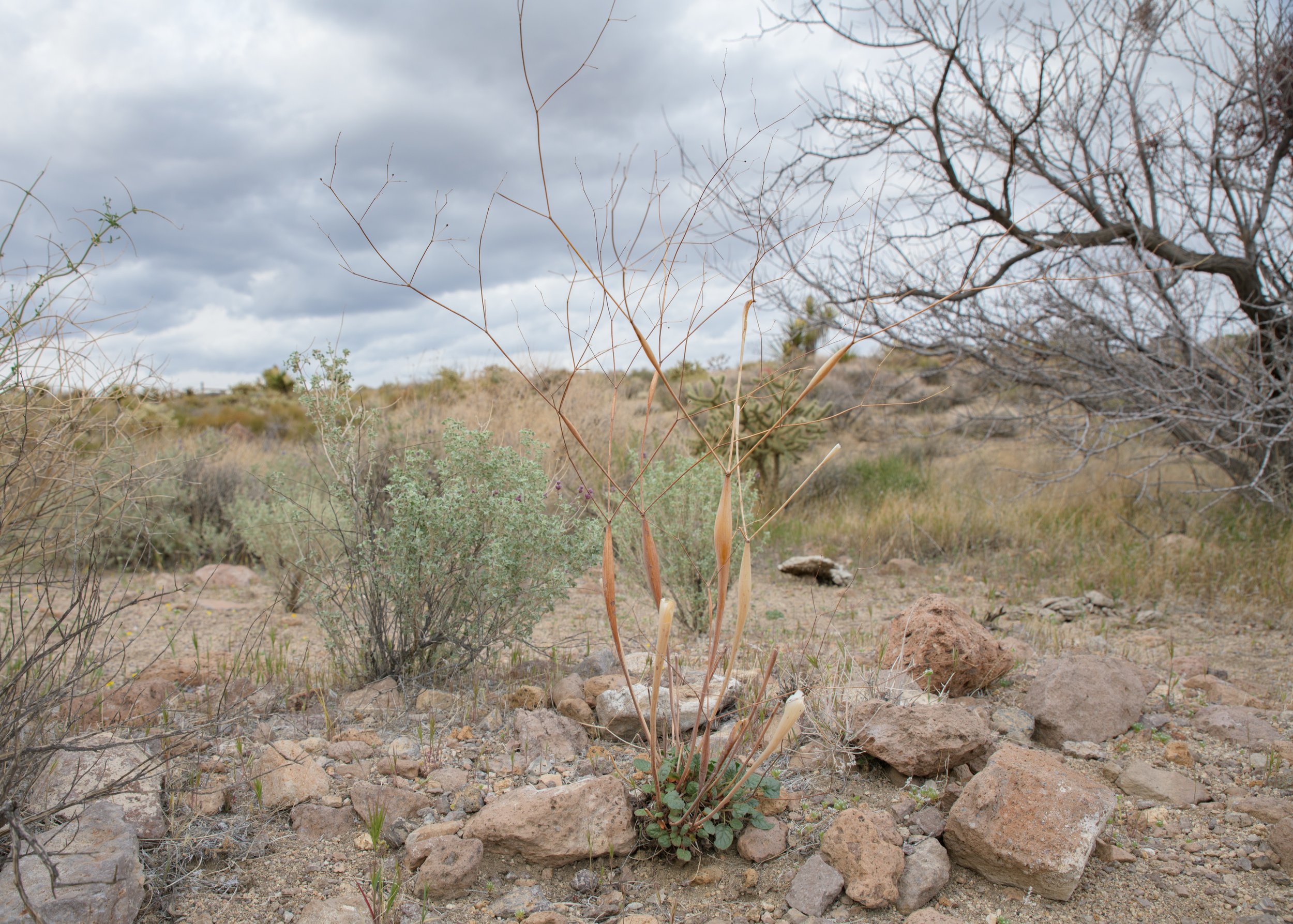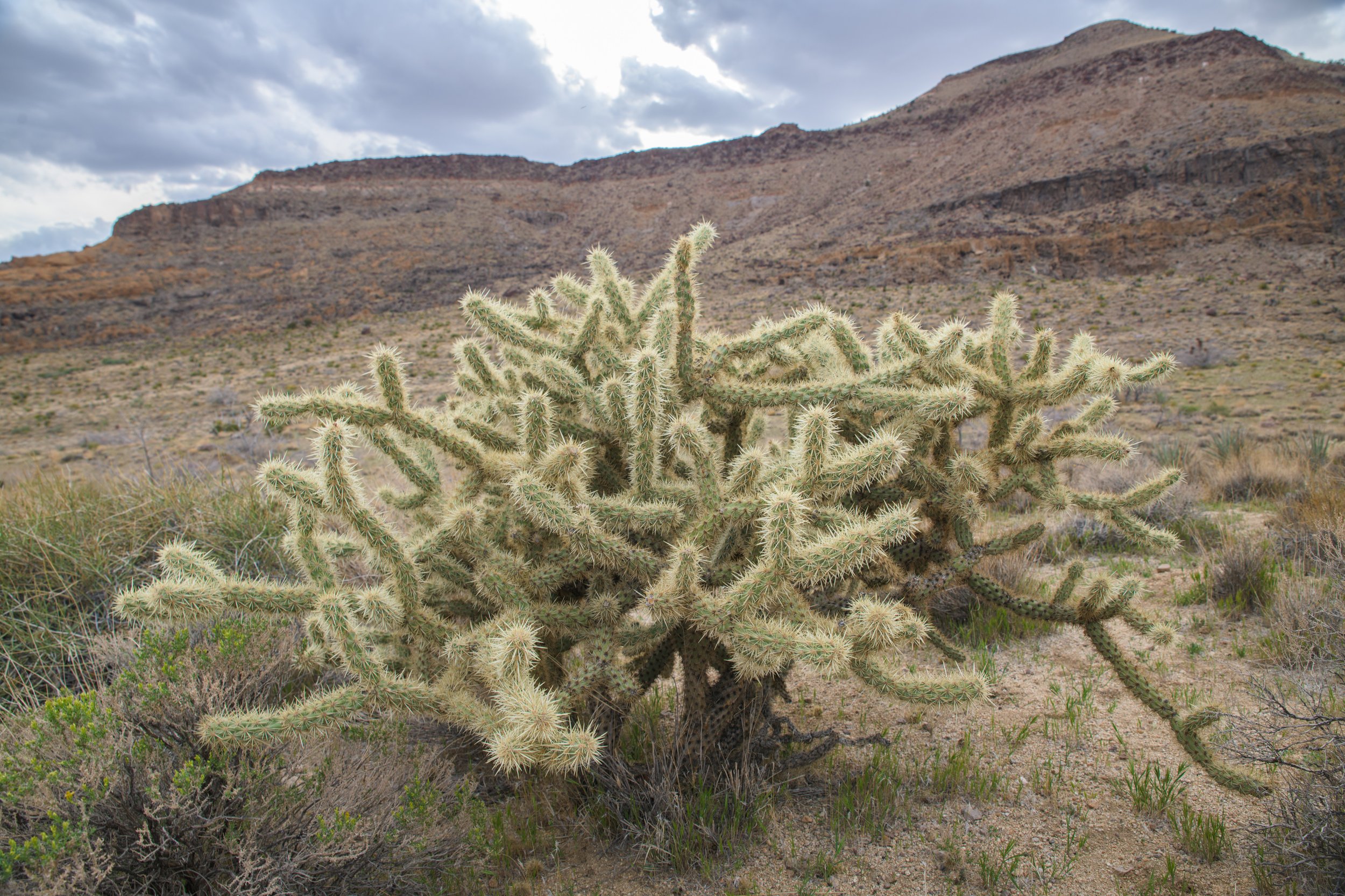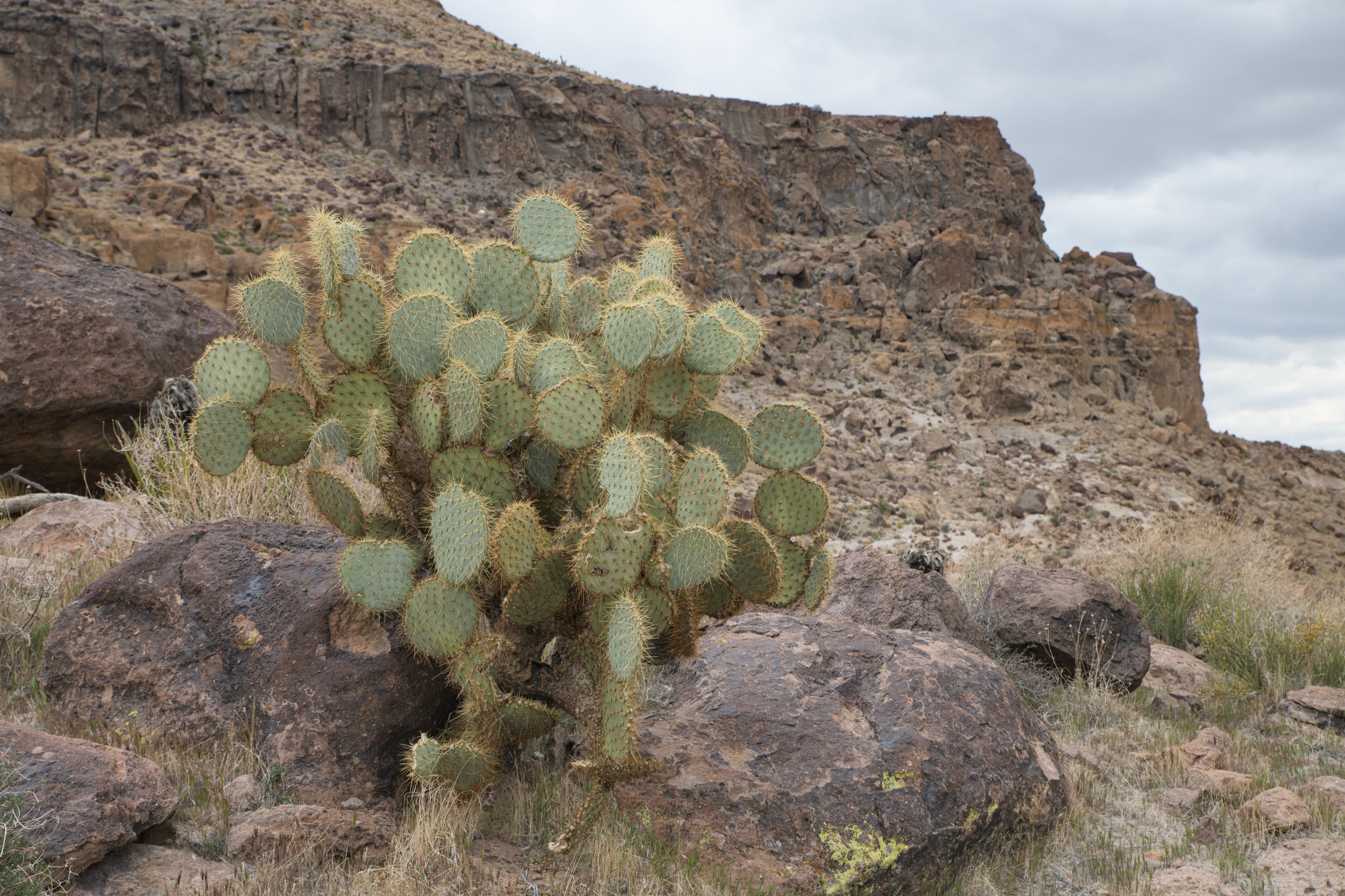Roadtrip 2022 Blog Post 1: Mojave National Preserve
Mojave National Preserve (Days 1-3 of Roadtrip)
We pulled into the Mojave National Preserve just as the sun was setting. This was our first stop on our big roadtrip, and we would end up camping here for two nights.
As we took the freeway offramp, it didn’t look like much was around. Dirt and shrubs as far as the eye could see. I had never heard great things about Mojave, it seems like Joshua Tree or Anza Borrego always takes the spotlight for California deserts. My expectations were pretty low for our visit, we were mainly stopping here because it was a good fit logistically.
As we continued on a smaller road deeper in to the preserve, the landscape started to change. The dirt and shrubs gave way to a variety of different desert plants and cactus, many of which I’d never seen before. They were different shapes and colors, some shaped so odd that they looked like they came straight out of a Dr. Seuss book.
Large cliffs made up of layered, weathered rock started to tower higher and higher as we drove, racing against the setting sun. We finally made our turn into the campground, and found a campsite, sure enough directly underneath the towering cliffs. We quickly setup our campsite, as the surrounding light disappeared.
That night the stars were brighter than I’d seen them for a long time. It was pleasant to see them again so clearly after so long, like seeing an old friend.
Waking up, and stepping outside the next morning, we were able to get a fresh look at the desert around us in daylight. The backlit glow of the cholla cactus stood out amongst the surroundings. The area around the campground was actually very pretty, we were excited to explore.
One thing that’s always been fascinating to me about roadtrips, is the ability to see the landscape transforming around you, sometimes little-by-little, sometimes quick and dramatically. Why a landscape is the way it is - what is the local climate like, is there water around, why does this place look different from another? If you start paying attention, you can start to find hints and clues into understanding.
Here in the Mojave, we were only four hours from our home in Santa Clarita, and while there were similarities (both places are very dry) there were some major differences. Our family has spent a lot of the last year, hiking around the natural areas of Santa Clarita, becoming familiar with the plant-life and scenery. What makes it so different here in the Mojave? Looking at satellite imagery, it seems the mountains block a lot of moisture from traveling that far East, making it even drier than Santa Clarita - allowing plants to thrive in that environment, plants that have adapted to those conditions over thousands of years. Even then, what makes the plantlike and wildlife thrive here in Mojave, while it doesn’t just 20-30 miles East of the preserve? Or South? The questions never end.
One thing for certain, is there is something unique about the Mojave. It seems like a place that’s very old with its secrets to keep.
The preserve is 1.6 million acres, which is had to wrap your head around. We drove around some dirt backroads which nearly seemed abandoned, and caught a few glimpses at the massive swaths of land that the preserve covers. The land goes as far as the eye can see.
We were also able to visit the Kelso Sand Dunes, a highlight of the park, but the trail to the top of the dunes was too far, especially in the heat of the day. We decided to take a break to enjoy the sand before turning around.
All-in-all we had a great few days in the preserve. Much of the time was spent driving around, or hanging out at the campsite (which was our favorite spot). Other than the hot sand dunes hike and one windy night in the tent, the weather was fairly pleasant. We were also very excited to use our new camping stove to cook meals, it’s something we’d always wanted to do, but had never done. There’s nothing like homemade food on-the-road!
A couple of noteworthy words of caution about the park, we didn’t realize until arriving :
1 - Gas is not easy to come by, the main small towns to get gas are either 50 miles west (Ludlow), or 50 miles east (Needles) of the preserve. There is one gas station about 15 minutes East from the entrance, but when we went it was more than $8/gallon, which we had to unfortunately pay since we didn’t stop in Ludlow. Again, Mojave is huge, it’s easy to run out of gas within the park if you don’t fill up beforehand.
2 - The toughest part about having our two-year-old in Mojave, was there are these hidden mini-cactus spread all over the campground, and the park. They’re really easy to miss, since they’re so small and close to the ground. All of us who were there, stepped on one once if not multiple times, leaving huge cactus spines sticking into our shoes. Thankfully no one got hurt.
On our way out of the park, Heiny spotted a tortoise walking along the side of the road. It was a beautiful way to end our stay in Mojave National Preserve. Mojave desert tortoise are supposedly rare to see, spending most of their lives underground. To think that these fellas can live to be 80 years old in a place with such harsh conditions is unbelievable.
The Mojave desert tortoise taking a moment to relax and yawn, after a long morning in the desert sun.
We left Mojave having had a great start to our trip, a pleasant camping experience, and excited to head onwards to Arizona!
Stay tuned!











